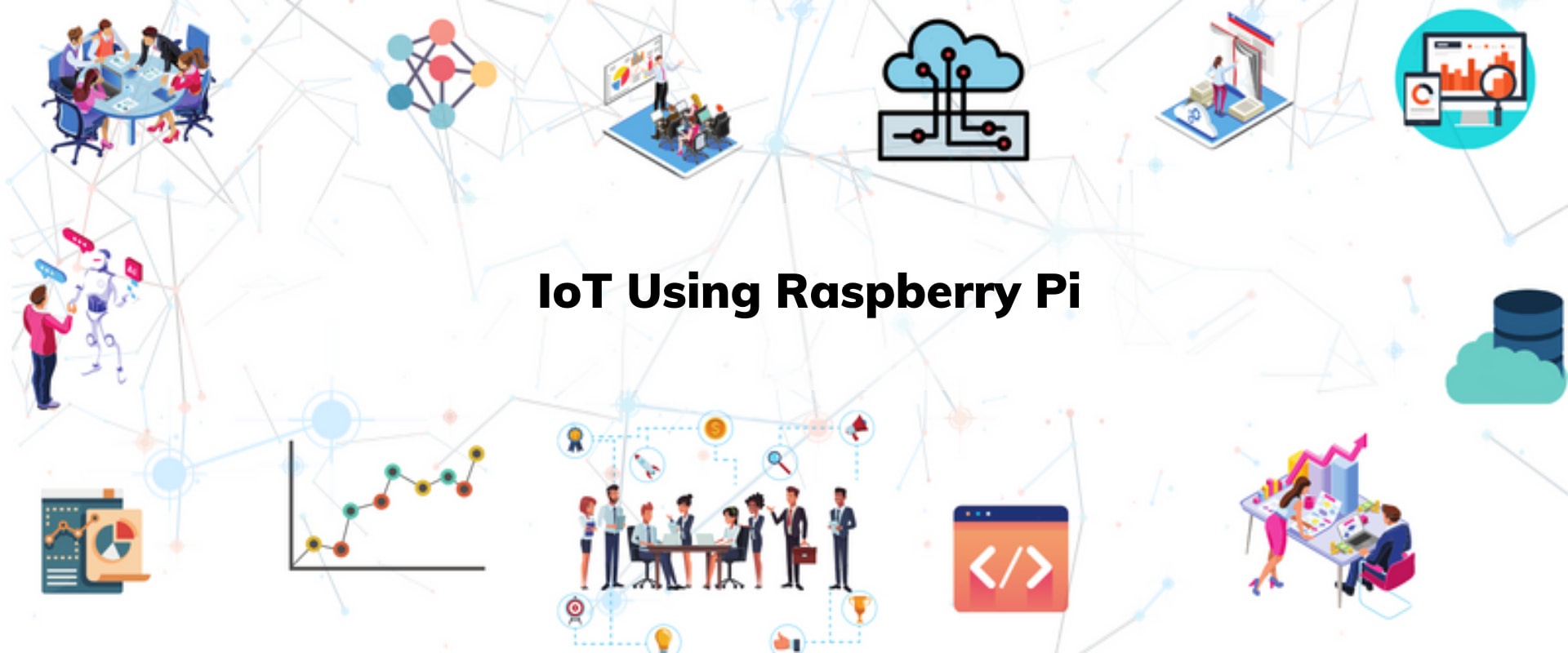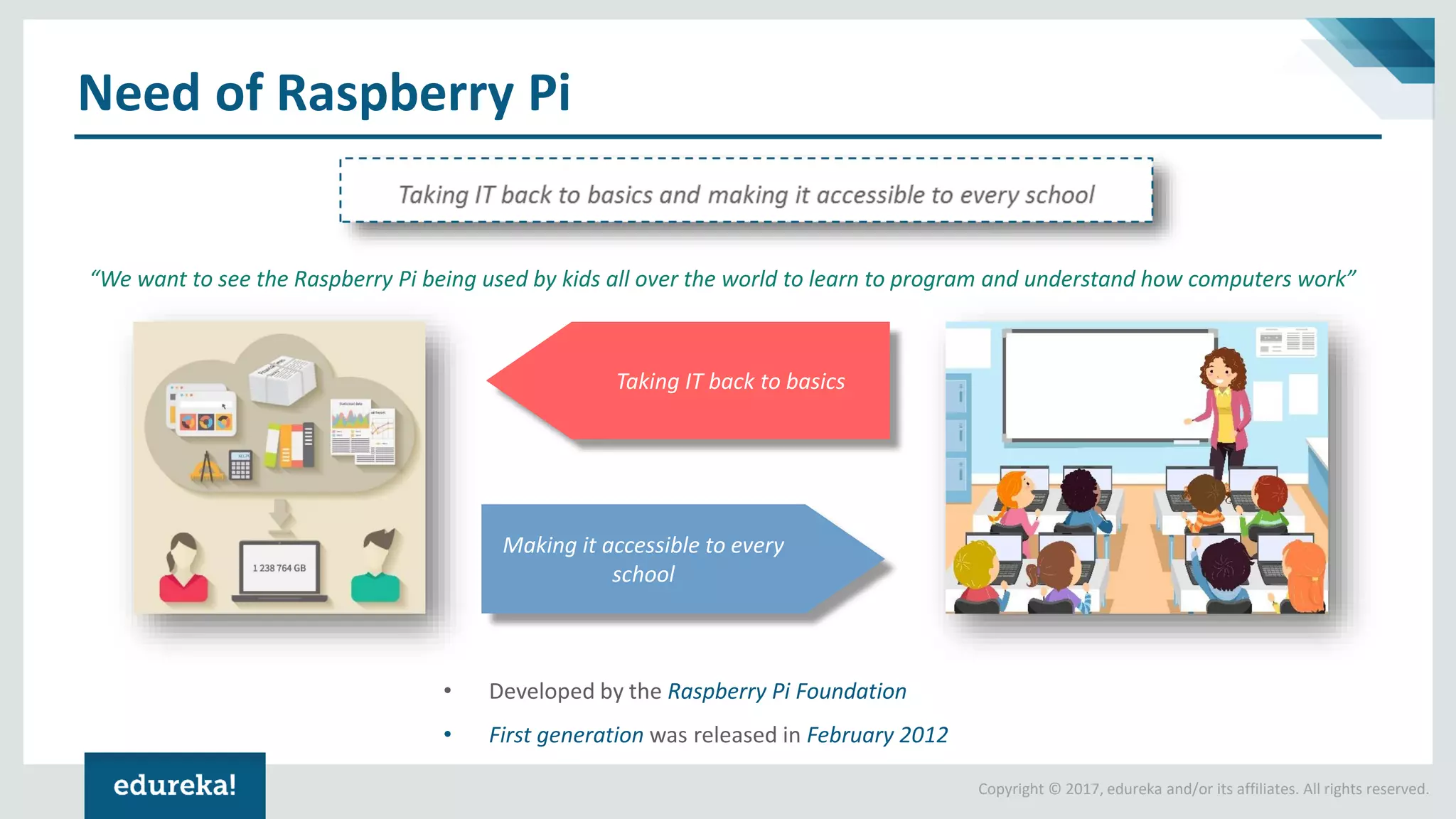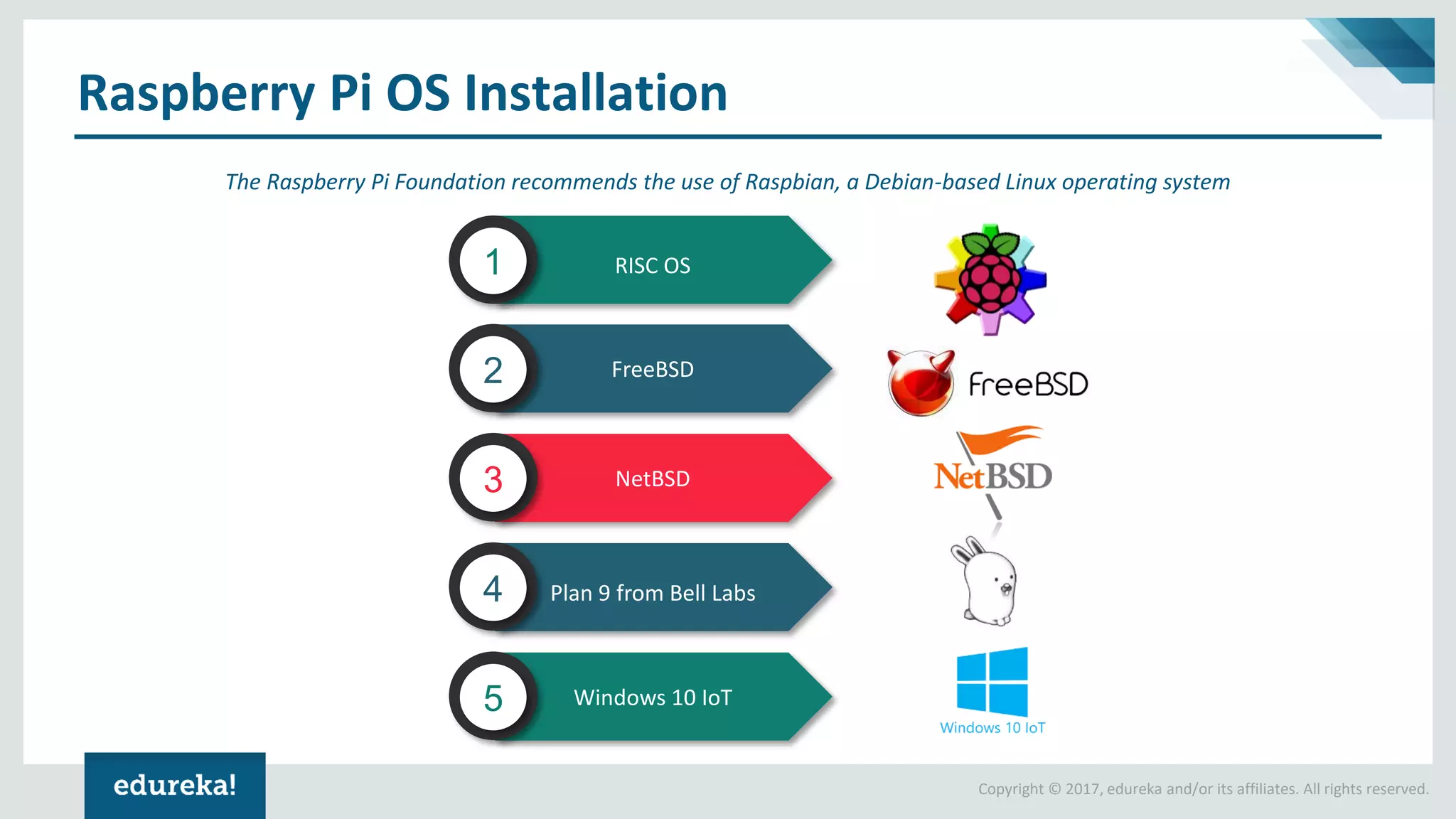Raspberry Pi VPC IoT Tutorial - Secure Home Projects
Imagine having your small computer, like a Raspberry Pi, connected to your private network on the internet, safe from prying eyes, so you can control your smart home gadgets or other fun projects from anywhere. This guide is here to show you just how to do that, taking something that might sound a bit techy and making it easy to grasp. We're going to talk about using your Raspberry Pi with something called a Virtual Private Cloud, or VPC, for your Internet of Things devices, which is actually pretty cool.
It's like building your own little digital fortress for your devices, allowing them to talk to each other and to you, without worrying too much about who might be listening in, or what might go wrong. This setup is not just for people who spend all their time with computers; it's also for anyone who wants to make their smart devices work better and stay protected, you know, in a good way. We'll walk through how to get your tiny computer ready, then how to link it up to its own special internet spot, and finally, how to make sure everything chats nicely and stays private, more or less.
This isn't some super complicated instruction book; it's more like a friendly chat that helps you turn your clever ideas into things that actually work in the real world. Whether you're just starting out with these sorts of things or you've been playing with gadgets for a while, this information is like your special pass to getting a handle on managing your devices remotely using a Raspberry Pi and a VPC, which is pretty neat.
- Camilla Araujo Sex Tape Leaks
- Brad Marchand Wife
- Relatos Eroticos Suegro
- Los Farmerz Members
- Jeanie Mcqueen
Table of Contents
- What's a Raspberry Pi and VPC for IoT?
- Why Connect a Raspberry Pi to a VPC for IoT?
- How Do You Set Up Your Raspberry Pi for Remote IoT VPC?
- Preparing Your Raspberry Pi for Remote IoT VPC
- Connecting Your Raspberry Pi to a VPC - The Final Step in Your Raspberry Pi VPC IoT Tutorial
- What are the Benefits of a Raspberry Pi VPC IoT Setup?
- Securing Your Raspberry Pi VPC IoT Network
- Getting Started with Your Raspberry Pi VPC IoT Project
What's a Raspberry Pi and VPC for IoT?
Let's just start with the really basic stuff, you know, getting our heads around what a Raspberry Pi is and what a VPC does when we talk about Internet of Things projects. The phrase "Raspberry Pi VPC IoT" might sound a little bit scary at first, like something only computer wizards would understand, but it's actually pretty easy to get once you pull it apart into smaller pieces. A Raspberry Pi, you see, is a small computer, about the size of a credit card, that's really good for tinkering, for learning new things, and for putting together some truly cool little projects. It's very versatile, and people use them for all sorts of creative things, from building media centers to automating parts of their homes, so it's not just a toy for people who like to tinker around.
A VPC, which stands for Virtual Private Cloud, is, in a way, like having your own special, private part of the internet where your devices can hang out safely. Think of it as a secure area within a bigger public cloud service, where you get to decide who gets in and who doesn't. This means your gadgets, like smart lights or temperature sensors, can communicate with each other and with you over a connection that's kept separate from everyone else's traffic, which is pretty important for keeping things private. So, when we talk about a Raspberry Pi and a VPC together for IoT, we're talking about giving your small computer a very secure, private spot on the internet to manage your smart devices, making sure everything stays protected from prying eyes, more or less.
Why Connect a Raspberry Pi to a VPC for IoT?
You might be wondering why you'd even bother to link up a tiny computer like a Raspberry Pi with a big, private internet space for your smart home gadgets. Well, the truth is, a Raspberry Pi isn't just for people who play around with electronics as a hobby. It's a capable little machine that can do quite a lot. With the right kind of setup, where you connect your Raspberry Pi to a VPC for your Internet of Things devices, you gain the ability to keep an eye on and even control your gadgets from almost anywhere in the whole wide world, which is a big deal. Imagine turning off your lights at home when you're on vacation, or checking the temperature in your greenhouse from your office; that's the kind of freedom this setup offers, you know.
This whole idea of setting up a Raspberry Pi with a VPC for your network is, honestly, a great way to get better at understanding how computer networks work and to build a safe place for your Internet of Things projects or even for your home lab. By really getting to grips with the good things this setup brings, the tools you'll use, and how to put all the pieces together, you can make a secure virtual private cloud spot that will really do what you need it to do. It means your smart devices can talk to each other and to you over a connection that's kept away from others, making sure your information stays safe from people who shouldn't see it, which is, you know, a pretty big plus.
How Do You Set Up Your Raspberry Pi for Remote IoT VPC?
To get your remote Internet of Things devices connected securely and, perhaps, without a big cost, you'll want to begin by getting your Raspberry Pi ready with an operating system that's built for security and a network setup that keeps things tight. This means picking a good, solid operating system that has security features built in, and then making sure your network settings on the Raspberry Pi are configured in a way that protects it from unwanted visitors. It's like putting a good lock on your front door and making sure your windows are closed; you're just taking basic steps to keep things safe. This first part is really about laying a strong foundation for everything else you'll do, so it's worth taking your time with it, you know, to get it just right.
This guide, you see, is like your very own detailed map for putting together a remote Internet of Things VPC network. It really puts the focus on how easy it is to get to and how flexible the Raspberry Pi can be. We'll go through each step, starting from when you first get your Raspberry Pi ready, all the way to the somewhat more involved parts of getting your VPC set up. We're here to give you clear, helpful ideas that you can actually use, whether you've been working with computers for a long time or you're just starting out with these kinds of things. It's about giving you the practical information you need, so you can actually build something useful, which is pretty cool.
Preparing Your Raspberry Pi for Remote IoT VPC
When you're getting your Raspberry Pi ready for this kind of setup, the first thing to think about is the operating system. You'll want to choose one that is known for being stable and having good security features. After you have the operating system on your Raspberry Pi, it's really important to make sure its network settings are put in place carefully. This means setting up things like firewalls, which act like digital guards, and making sure only the right kinds of connections are allowed. You're basically building a protective shell around your little computer, which is, you know, a smart move for any device that's going to be connected to the internet.
The goal here is to make sure your Raspberry Pi is not an easy target for anyone trying to snoop around or cause trouble. You might want to consider using strong passwords, updating your software regularly, and perhaps even thinking about setting up things like SSH keys for more secure access. SSH, or Secure Shell, is a way to connect to your Raspberry Pi remotely that keeps your connection private and encrypted. This is a very valuable skill for anyone who's interested in making Internet of Things devices, as it allows you to manage your devices from a distance without worrying too much about security, so it's a good thing to learn.
Connecting Your Raspberry Pi to a VPC - The Final Step in Your Raspberry Pi VPC IoT Tutorial
Bringing your Raspberry Pi into your Virtual Private Cloud is, in a way, the very last big step in this whole "raspberry pi vpc iot tutorial" adventure. It's the moment when all your preparation comes together, and your tiny computer finds its secure home within your private network on the internet. This connection isn't just about getting online; it's about making sure your Raspberry Pi can talk to your Internet of Things devices and to you, all within that protected space you've created. It means that the data from your sensors, or the commands you send to your smart plugs, travel through a channel that's kept separate and safe from the wider internet, which is pretty neat.
This is where you'll put into practice what you've learned about setting up your network. You'll be configuring your Raspberry Pi to join your VPC, perhaps by assigning it a specific address or setting up routes for its communication. This might involve working with certain network tools or commands, but the idea is to make sure your Raspberry Pi is recognized and allowed to operate within the boundaries of your private cloud. It's a bit like giving your Raspberry Pi a special key to enter a private club; once it's inside, it can interact with other members (your IoT devices) without being bothered by outsiders, so it's a good setup.
What are the Benefits of a Raspberry Pi VPC IoT Setup?
Setting up a Raspberry Pi VPC network offers some really good advantages. For one, it's an excellent way to improve your skills with computer networks. You get hands-on experience with concepts like virtual private clouds, network security, and remote management, which are all pretty useful in today's connected world. Beyond just learning, it also lets you create a very secure place for your Internet of Things projects or even for your home lab. This means your experimental smart devices or personal servers can run in an environment where you have a lot more control over who can access them, which is a big plus.
By really getting to know the good things that come with using a VPC, the various tools you can use, and how to put all the pieces together, you can build a secure virtual private cloud environment that will truly meet your needs. It gives you the ability to make a separate and protected network area for your Internet of Things devices. This helps make sure that your information stays safe from people who shouldn't be looking at it, which is, you know, a very important part of managing smart devices. It's about giving you peace of mind that your data is handled with care, which is really what you want.
Securing Your Raspberry Pi VPC IoT Network
When you're dealing with Internet of Things devices, especially those connected remotely, keeping things secure is, honestly, a top priority. This guide, you see, acts like your detailed map for building a remote Internet of Things VPC network, putting a lot of focus on how easy it is to use and how flexible the Raspberry Pi can be. From the first steps of getting your Raspberry Pi ready to the slightly more involved parts of setting up your VPC, we're going to go through each part, giving you clear ideas that you can actually use. This means making sure your Raspberry Pi's operating system is secure, that its network settings are tight, and that any connections it makes are private.
It's very important to stick to the best ways of keeping things safe to protect your devices from possible dangers. This might mean regularly updating your Raspberry Pi's software, using strong, unique passwords for all your accounts, and setting up things like two-factor authentication where you can. You should also think about how you're accessing your Raspberry Pi remotely, perhaps using secure methods like SSH with key-based authentication rather than just passwords. These small steps, when put together, create a much stronger defense against people who might try to get into your network without permission, which is pretty much what you want.
Getting Started with Your Raspberry Pi VPC IoT Project
In this "raspberry pi vpc iot tutorial," we're going to look at the main parts and steps you need to bring these technologies together smoothly. By making good use of what a VPC can do, you can build a network area for your Internet of Things devices that is both secure and kept separate from other networks. This helps to make sure that your information stays safe from people who aren't supposed to see it. We'll also talk about the steps for getting things set up, which involves configuring your Raspberry Pi to work within this private cloud environment. This might involve setting up certain rules for how your devices talk to each other, or how they connect to the internet through your VPC, so it's a bit of a process.
The ability to manage your Internet of Things devices from a distance through a virtual private cloud, using secure methods like SSH on a Raspberry Pi, is a really valuable skill for anyone who's interested in making IoT devices. This guide will walk you through everything you need to know about setting up your Raspberry Pi VPC for IoT, step by step. You'll learn about how the Raspberry Pi works with a VPC to create a sturdy Internet of Things setup. You'll also learn about getting your Raspberry Pi ready, setting up your VPC, and connecting your devices so they can talk to each other without any trouble. It's about giving you the practical knowledge to make your smart projects work well and stay safe.
This whole idea, whether you're someone who loves technology, a student, or a working professional, can help you host a wireless network from your Raspberry Pi, perhaps for your home or for your projects. It's a way to extend the reach of your tiny computer and give it a powerful, secure home on the internet. By following the steps we've talked about, you can put together a remote management system for your Internet of Things devices that is both secure and works well. This means your smart devices can be controlled and monitored from wherever you are, giving you a lot of flexibility and peace of mind, which is, you know, a pretty good outcome.
This article has gone over how to connect a Raspberry Pi to a Virtual Private Cloud for Internet of Things projects, explaining why this setup is useful for security and remote control. We looked at preparing your Raspberry Pi with a secure operating system and network settings, and then how to make the connection to your VPC. The discussion included the benefits of having a secure and isolated network for your devices and the importance of following good security habits. We also touched on how this knowledge can help you manage your IoT devices from a distance, making your projects more effective and protected.

IoT Using Raspberry Pi - Pianalytix - Build Real-World Tech Projects

Raspberry Pi 3 Tutorial | Raspberry Pi 3 Projects | IoT Projects | IoT

Raspberry Pi 3 Tutorial | Raspberry Pi 3 Projects | IoT Projects | IoT